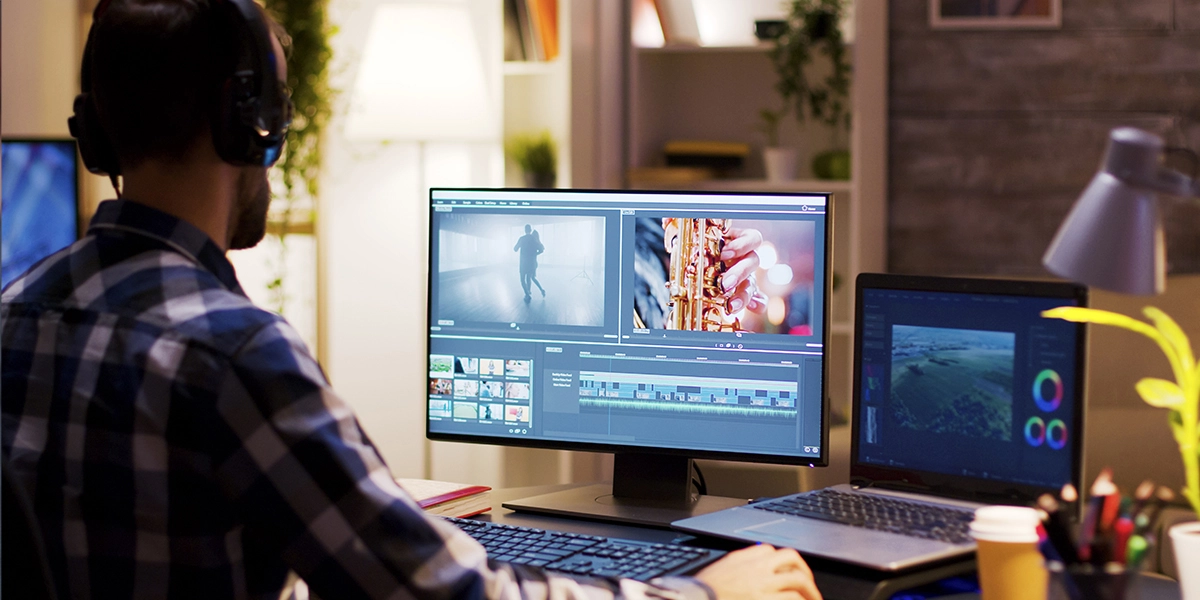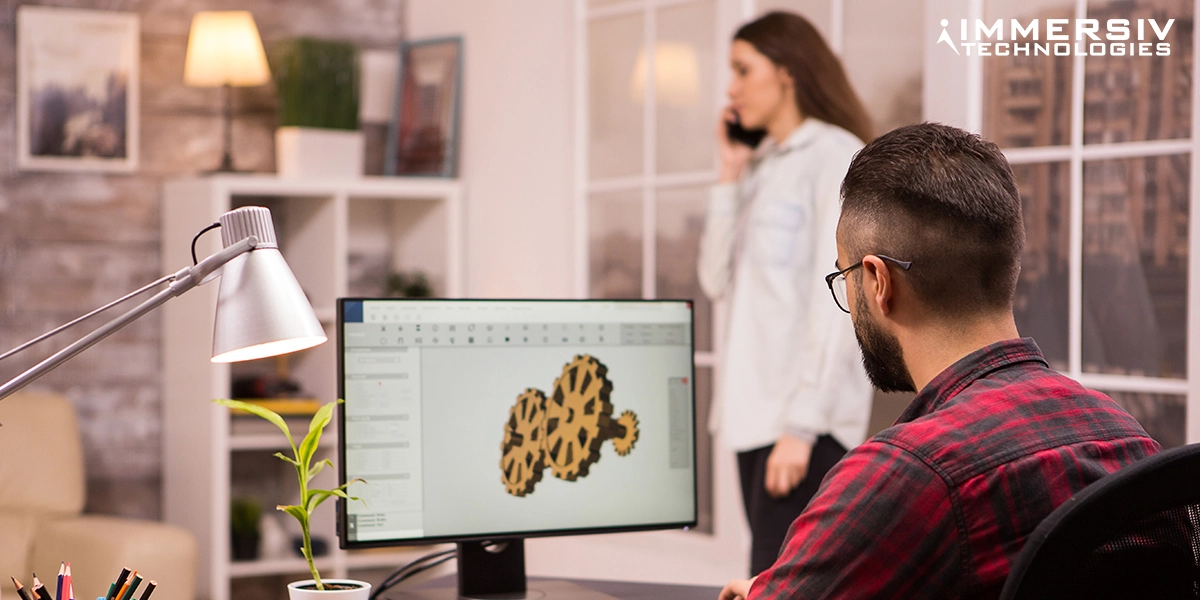In recent years, Artificial Intelligence (AI) has fundamentally reshaped the landscape of 3D animation and 3D rendering. Stemming from a historical evolution, AI in this domain began with basic rule-based systems.
Over time, machine learning algorithms emerged, allowing systems to adapt and improve autonomously. Today, AI’s impact is profound, optimizing rendering processes by analyzing massive datasets and refining complex algorithms.
This evolution has led to unprecedented realism, speed, and efficiency in 3D animation, transcending the limitations of traditional methods.
What is 3D Rendering?
At its essence, it involves the transformation of three-dimensional data into visually compelling two-dimensional images. This intricate process meticulously calculates lighting, shadows, textures, and perspective to create a realistic representation.
Through the manipulation of these elements, 3D design rendering breathes life into digital creations. It enables artists and designers to evoke emotions and tell compelling stories through visuals.
The Role of AI in 3D Rendering
Enhanced Realism
AI brings an unprecedented level of detail to the process. It simulates intricate textures, fine details, and nuanced lighting conditions.
Through machine learning, AI algorithms study real-world examples. It enables them to generate realistic textures and materials.
Speed Optimization
AI accelerates rendering times through parallel processing and optimization algorithms. It reduces the time required for the final process and enhances overall efficiency in the production pipeline.
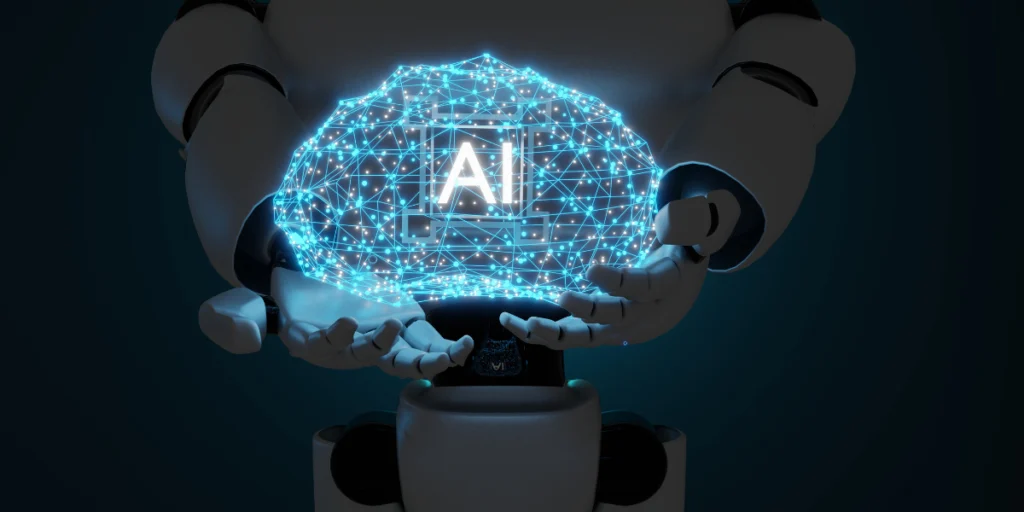
Adaptive Learning
AI systems learn from user feedback and preferences, adapting the process to individual tastes. This adaptability ensures that the rendered output aligns more closely with the artist’s vision. It fosters a collaborative and responsive creative environment.
Automated Quality Control
AI-powered algorithms identify and rectify rendering flaws automatically, ensuring a consistently high standard of visual quality. It contributes to a more streamlined workflow.
It allows artists to focus on the creative aspects while minimizing the need for manual error correction.
Interactive Experiences
AI enables real-time adjustments during the process, providing artists with unprecedented flexibility. This interactivity fosters a dynamic creative process.
AI Algorithms Transforming 3D Rendering
Generative Adversarial Networks (GANs)
GANs create realistic textures and details. It employs a generator and discriminator in a competitive process, resulting in high-quality, lifelike outputs.
This adversarial training allows the AI to learn and reproduce intricate details found in real-world textures, contributing to the overall realism of rendered scenes.
Deep Learning for Denoising
AI-driven denoising techniques utilize deep learning to remove noise and artifacts from rendered images. It results in cleaner and more visually appealing final outputs.
This process enhances image quality and reduces the need for time-consuming post-processing steps.
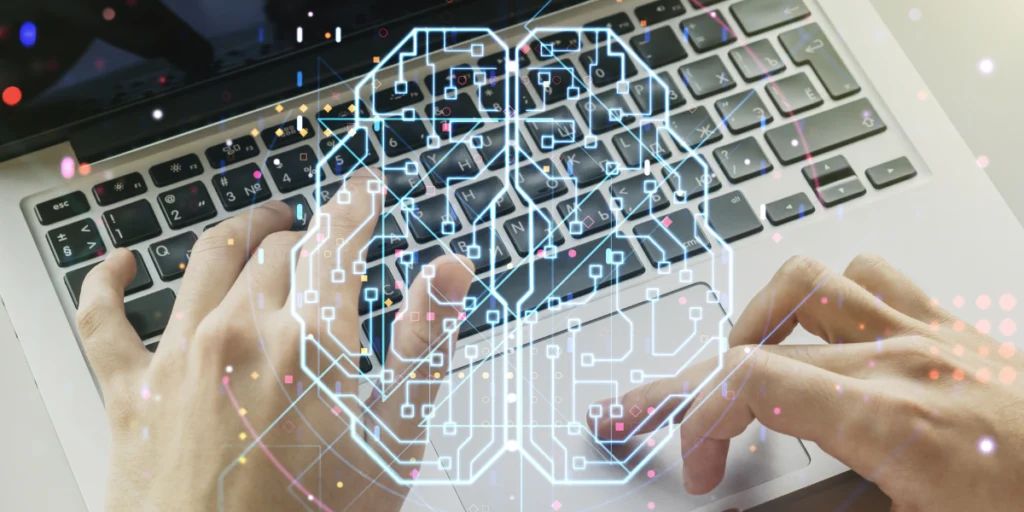
Neural Rendering
Neural rendering leverages neural networks to simulate complex lighting scenarios. It allows for the generation of photorealistic effects.
This approach goes beyond traditional techniques. It dynamically adjusts lighting conditions based on the scene’s content and user interactions.
Machine Learning-Based Camera Path Optimization
Algorithms based on machine learning optimize camera movements to achieve more efficient rendering.
By predicting the optimal camera path, AI reduces the computational workload and shortens the times. It leads to increased efficiency in the production pipeline.
Predictive Rendering
AI in predictive rendering anticipates the subsequent frames in a sequence. It enables smoother real-time rendering and interactive experiences.
This predictive capability enhances the user’s ability to explore and interact with 3D environments seamlessly, creating a more immersive and engaging experience.
Industry Applications of AI-Driven 3D Rendering
Architectural Visualization
- AI rendering aids architects in creating lifelike visualizations, facilitating effective communication of design concepts to clients.
- Simulating various lighting conditions, AI showcases the impact of natural light on architectural designs.
Product Design and Marketing
- AI-generated visuals contribute to photorealistic product representations, enabling businesses to showcase products in diverse settings.
- Virtual prototypes and visualizations through AI-driven 3D rendering enhance marketing materials, influencing consumer perceptions and purchase decisions.
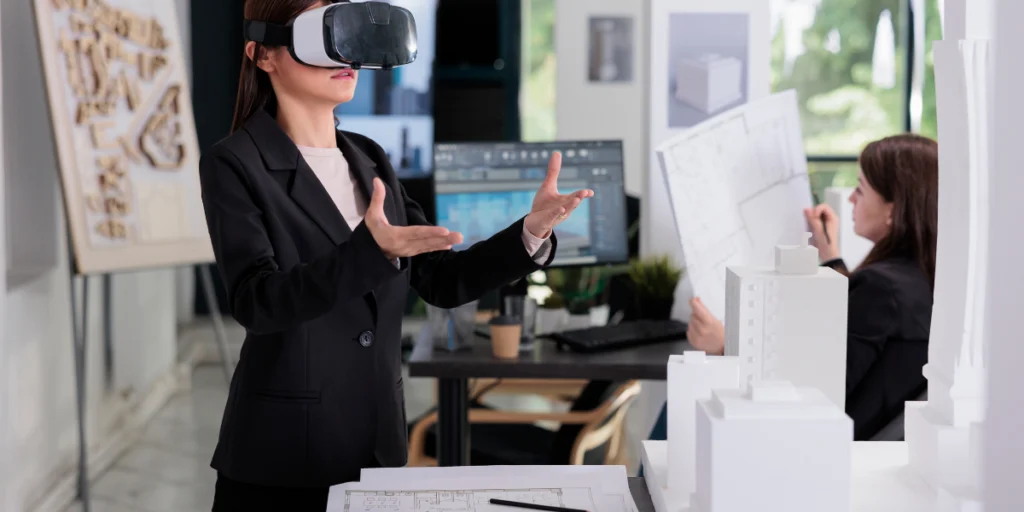
Medical Imaging
- AI in 3D rendering plays a pivotal role in medical imaging, providing detailed visualizations for diagnostic purposes.
- Enhanced clarity and realism in medical images assist healthcare professionals in making more informed decisions and diagnoses.
Virtual Reality (VR) and Augmented Reality (AR)
- AI dynamically adjusts rendering parameters in VR and AR applications, enhancing realism based on user interactions.
- Real-time adaptation to user movements and environmental changes creates a more immersive and convincing user experience.
Future Prospects of AI in 3D Rendering
1. Real-Time Rendering
AI promises real-time capabilities, revolutionizing interactive applications and gaming.
2. Intelligent Scene Creation
Automated generation of 3D environments through AI, easing the workload for artists and designers.
3. Customizable Aesthetics
AI-driven tools allow users to easily adjust visual styles and aesthetics, providing unprecedented creative flexibility.
4. Cross-Domain Adaptation
AI will likely bridge the gap between different styles and domains, enabling versatile applications.
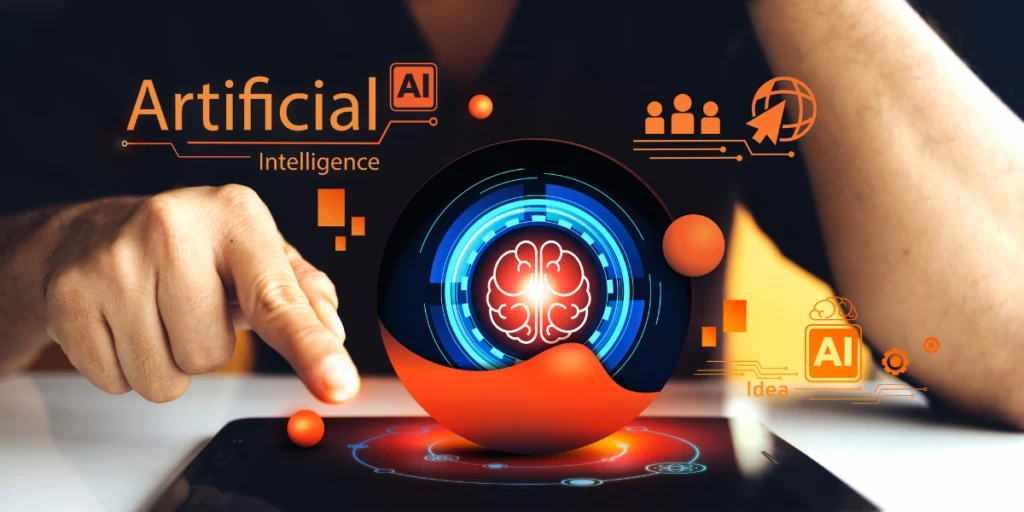
Wrapping Up
As AI continues to evolve, its integration into 3D rendering marks a paradigm shift in the creation of realistic animations. With applications spanning diverse industries, the impact of AI-driven rendering techniques is profound. It offers a glimpse into a future where the line between virtual and reality continues to blur.
As technology advances, the journey of exploration and innovation in the realm of 3D rendering with AI is sure to captivate and inspire creators worldwide.
Transform your digital reality with AI and unleash the power with Immersive Technologies.



